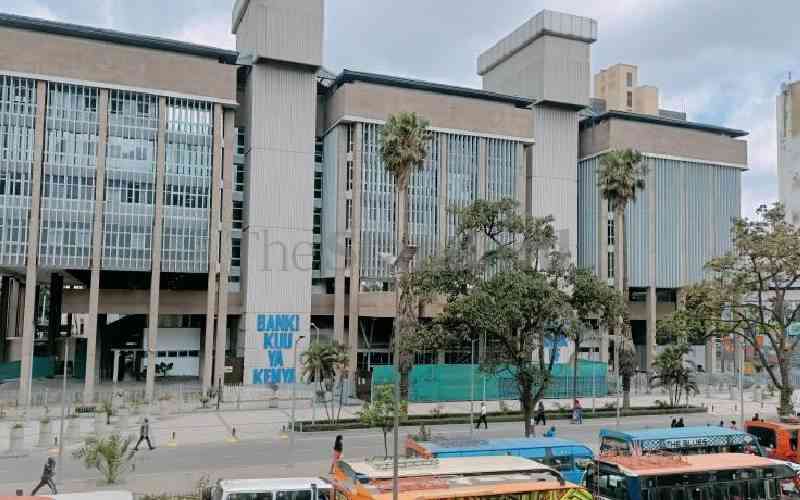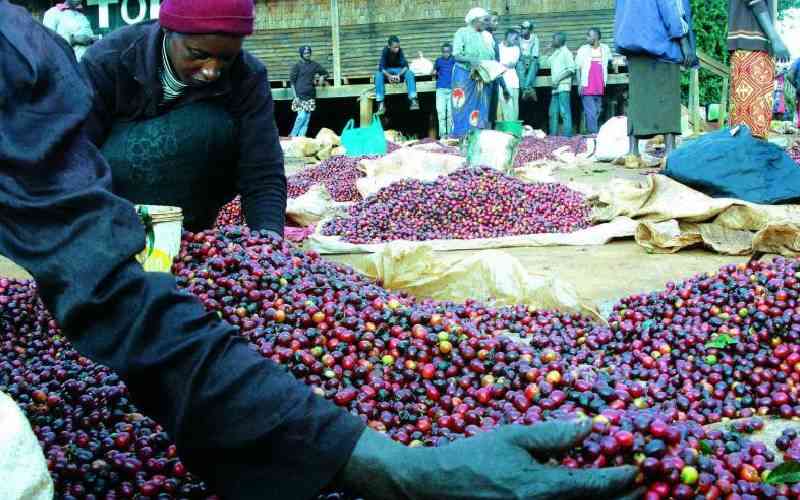Once one is through with education, the next thing is to move on and start a new life.
And as they prepare to do so, one has to be hosted somewhere first before getting to a rented apartment or a house.
And when one gets full independence and job security, the next option is to get a mortgage that allows one to own a house or home in the city.
This ambition comes down with several costs that limit the options of the thousands of ambitious younger population to achieve this goal.
Success in building a home comes with much pleasure and less pressure once you retire. Most homes are built in three locations in the city-outskirts areas of Ngata, Kiamunyi and Lanet.
Most of them are built on expansive farms away from the hustles and bustles of the Central Business District (CBD).
However, the younger population mostly resides in rented houses or apartments owing to affordability costs.
Most homes are built on bigger tracts of land and the smallest are on a quarter acre size of land onwards where some of them are also practising dairy or poultry farming.
Veteran resident architect Zebeddy O’Wakwabi who has his home in Ngata said the large tracts of land in Ngata, Kiamunyi and Lanet areas make it more suitable for the construction of palatial or modern homes.
“Large acreage of land in these three areas is more advantageous to those who can afford to build them (homes) here,” he said.
O’Wakwabi explained that land in these areas is expensive thus only the rich or the upper high class can afford them.
“Only a few people can afford to buy land here in the Kiamunyi area as it’s expensive for most of the city residents according to the current market rates,” he said.
“So far, the best destinations for it remain the three places – Kiamunyi, Lanet and Ngata because of the vastness of land that is available for expansion.”
Most of the homes in Kiamunyi are built in a quarter plot that goes for about Sh6 million per acre.
“This is too much for common people. And it must be built. And when you build a home in this size of land (quarter an acre), chances are high you’ll get engaged in economic activities like farming as opposed to other designated areas,” said O’Wakwabi.
He confirmed that dairy and poultry farming is a source of income for the residents of the three areas.
The architect admitted that homes are expensive to build and are therefore mostly owned by rich families or those who have been in employment for long enough to raise the mortgage requirements.
“And those who have retired with handsome gratuity funds can as well afford to build homes in the three designated areas,” said structural engineer Gideon Bii.
However, O’Wakwabi is unhappy with the high-rise buildings coming within the residential homes in Kiamunyi, saying they are causing security concerns among the residents.
“High-rise buildings coming up within some homes in Kiamunyi has made some families unconformable as it compromises their residential security,” he said.
Most of the high-rise buildings are commercially oriented like hotels and rented residential apartments.
“Most of these (high-rise commercial) buildings are either two or three-star hotels while some shops or houses-to-let,” said the architect.
However, a few permanent homes have also been built in selected residential areas where the large population rents houses.
“I decided to have my permanent home here in Pangani Estate because it’s closer to town and offers me several privileges as I can walk to work and back any day,” said Jennifer Wangui.
Pangani is a middle-class estate in the city in the class of Racecourse and Langa Langa Phase One Estates.
In the city’s architectural set-up, homes are majorly built in three designated affluent areas while the rented apartments and houses are well spread across different residential estates.
 The Standard Group Plc is a multi-media organization with investments in media
platforms spanning newspaper print operations, television, radio broadcasting,
digital and online services. The Standard Group is recognized as a leading
multi-media house in Kenya with a key influence in matters of national and
international interest.
The Standard Group Plc is a multi-media organization with investments in media
platforms spanning newspaper print operations, television, radio broadcasting,
digital and online services. The Standard Group is recognized as a leading
multi-media house in Kenya with a key influence in matters of national and
international interest.
 The Standard Group Plc is a multi-media organization with investments in media
platforms spanning newspaper print operations, television, radio broadcasting,
digital and online services. The Standard Group is recognized as a leading
multi-media house in Kenya with a key influence in matters of national and
international interest.
The Standard Group Plc is a multi-media organization with investments in media
platforms spanning newspaper print operations, television, radio broadcasting,
digital and online services. The Standard Group is recognized as a leading
multi-media house in Kenya with a key influence in matters of national and
international interest.










